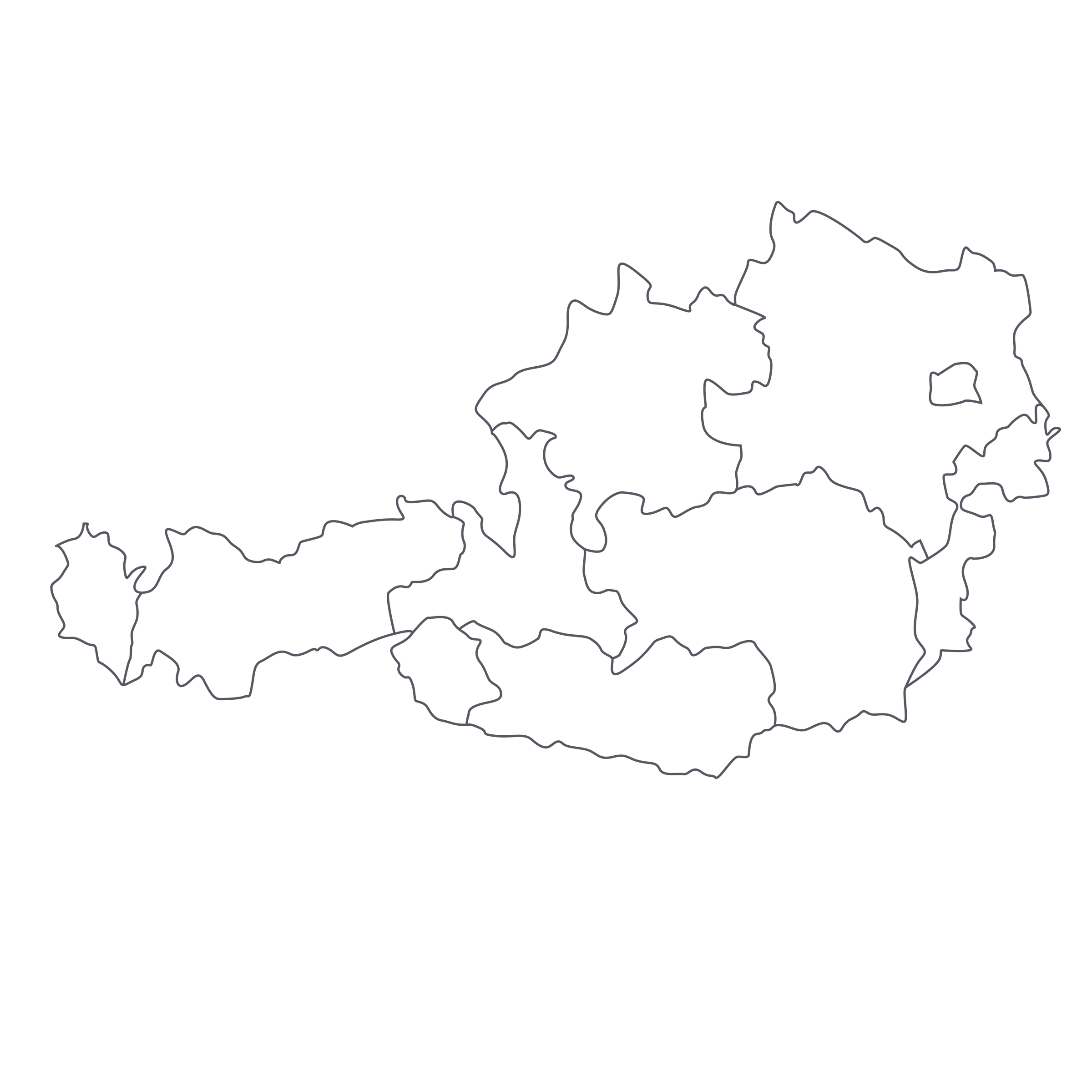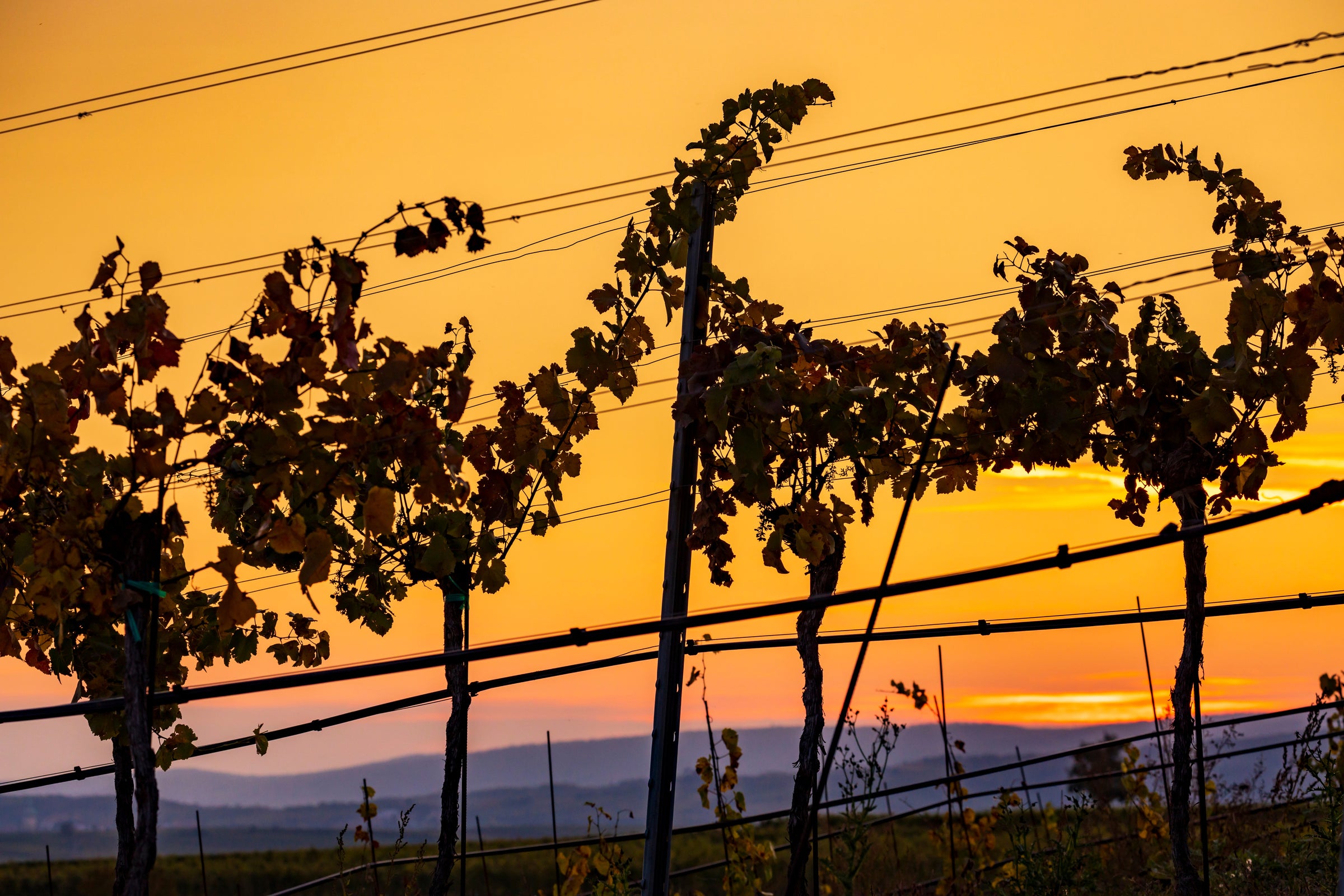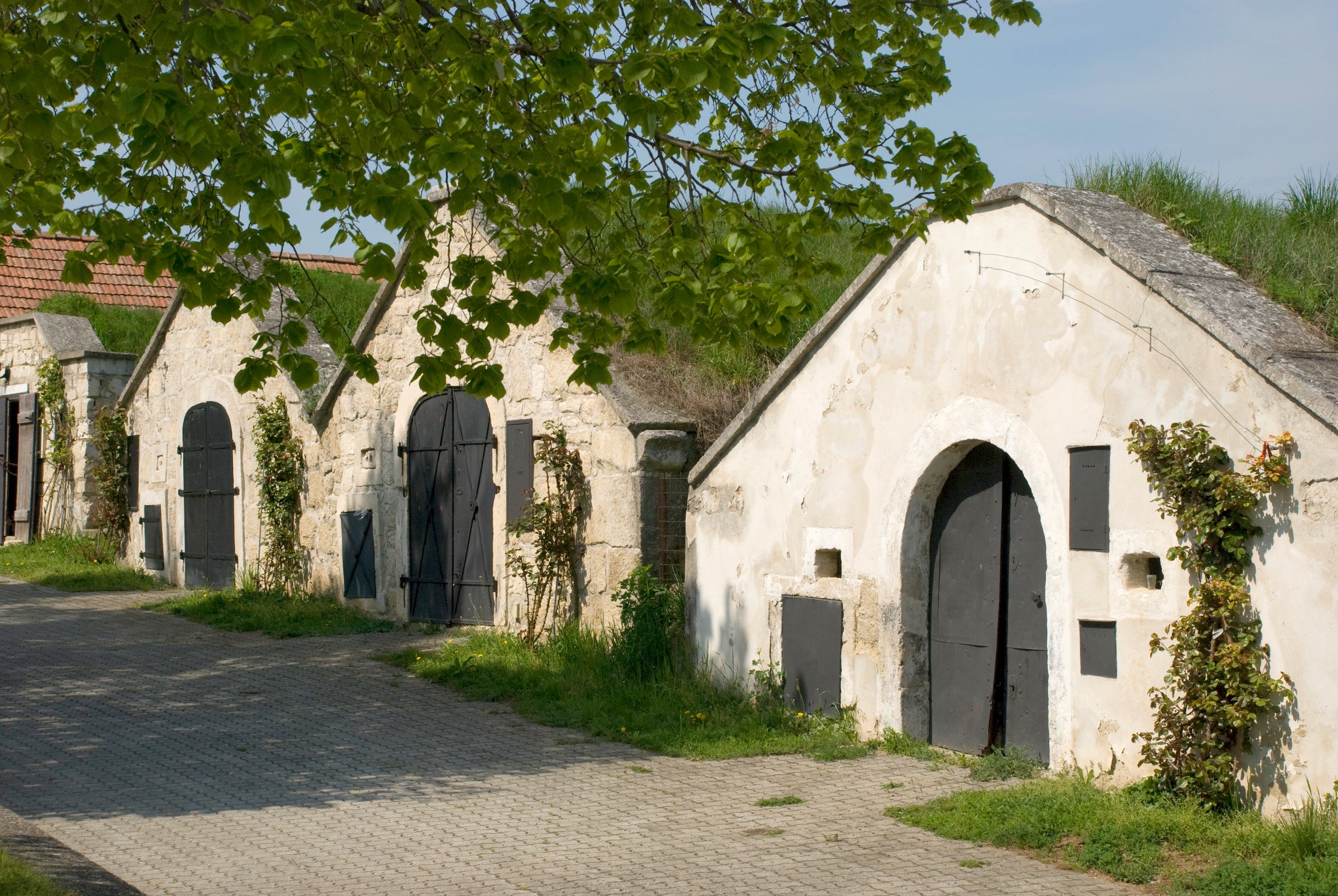The Wachau region of Austria is situated about an hour drive northwest of Vienna along the banks of the Danube River. Most of the vineyards are planted on incredibly steep terraces that ascend to the top of the surrounding hills. The two most important varietals, Grüner Veltliner and Riesling, call this region home and are usually produced in dry styles; when they are made well, as in this example, they are among the greatest expressions of their respective varietal in the world. The labeling in the Wachau is incredibly specific. One of three terms can be on the wine label to reflect the ripeness of the grapes at harvest: Steinfeder, Federspiel and Smaragd. “Steinfeder” (stone feather), which refers to a local grass reminiscent of feathers that grows in the vineyards, is the lightest in style at a max 11.5% ABV and is generally consumed locally and is rarely seen in the US. The next ripeness level is “Federspiel,” which is the most classic and is also style of today’s offer. The name refers to the traditional hunting art of falconry in the area and the wines are typically a bit richer with more texture at ABV between 11.5%-12.5%. The last and most serious style of wine made is “Smaragd,” which literally translates to emerald and is named after a local green lizard, which surfaces to to eat the grapes when they are very mature. These are smart lizards as they always know when the harvest is ready. Smaragd wines are harvested much later than Federspiel; still fermented dry, they display much more concentration, body, weight and aromatic complexity at a minimum ABV of 12.5% and are double to even triple the price.
The Knoll Estate, nestled in the village of Unterloiben, is spread out over deep underground cellars and is surrounded by some of the most carefully selected terroir in Austria. Emmerich Knoll III is an incredible steward of the estate, which has been family owned and operated for over three generations. He is meticulous in the vineyards and embraces traditional winemaking techniques in the cellar. Weingut Knoll utilizes stainless steel tanks for fermentation. Some of the wines spend time in very large neutral barrels that stand six feet high. All of the vineyards are worked by hand and are some of the most difficult sites to farm anywhere in the world due to the incredibly steep terraced slopes. Their best vineyard sites are: Schütt, Loibenberg, Kellerberg, Kreutles and a small vineyard in the neighboring Kremstal wine region, Pfaffenberg, which overlooks the Wachau. Crafted by one of the greatest producers of fine Riesling in the world, this 2013 Knoll Federspiel Riesling is a blend of many of the estate’s carefully farmed parcels; fermented dry with no detectable residual sugar, it is one of the most classic wines you will taste in the Wachau.
The 2013 Knoll Riesling Federspiel boasts aromas that are intense and mineral-driven with notes of green papaya, lime leaf, green peach pit and fresh yellow apple intertwined with white pepper, crushed rocks and wild herbs over a hint of petrol. The palate is medium-bodied and incredibly concentrated with an immense amount of information that is sent to your brain. Flavors on the palate are reminiscent of the nose and include green apple, peach, lime peel, crushed stones and a wet herbal note. Although this wine is stunning now, the real beauty will emerge when this wine gets some bottle age. It is incredibly difficult to leave this wine alone, but I strongly advise you l set some bottles aside for 6-8+ years and I promise your mind will be blown. I recently had the 2008 vintage of this wine and the experience was unreal. Considering the price, this Riesling is an ideal candidate to cellar, but the real test will be how long you can stand to keep your hands off it while it matures.






